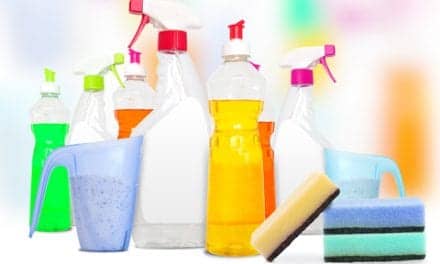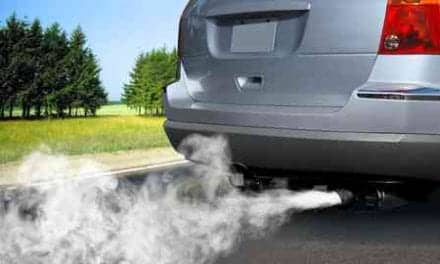Chemicals used by professional cleaning staff lead to non-reversible lung function decrement and increased total immunoglobulin E (IgE), according to researchers in Barcelona.
The findings suggest that eosinophilic inflammation and oxidative stress are unlikely to play a key role in the development of asthma symptoms among cleaners, according to the results.
Participants were cleaners with a history of asthma and/or who experienced asthma symptoms in the past year. All 42 patients underwent lung function tests and supplied blood and exhaled breath condensate samples for analysis. Results were compared to a control group of 53 cleaners without any lower tract respiratory symptoms.
FEV1, FVC, and forced expiratory flow between 25% and 75% of FVC were significantly lower in cleaners with asthma than in the controls, though there were no significant between-group differences in FVC. Those with asthma were also more likely to be atopic (42% versus 10% of controls) and their levels of total IgE were 2.9-times higher.
No significant differences were found in levels of other biologic markers, including FeNO, surfactant protein D, and 16 kDa Clara Cell Protein, interleukins, and growth factors.
Researchers noted the occupational and domestic use of multi-use cleaning products, particularly in spray form, was strongly associated with asthma. Furthermore, the occupational use of multiuse products, glass cleaners, and polishes was associated with higher FeNO levels.








